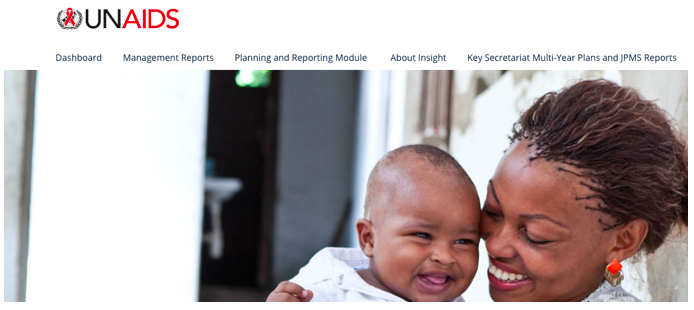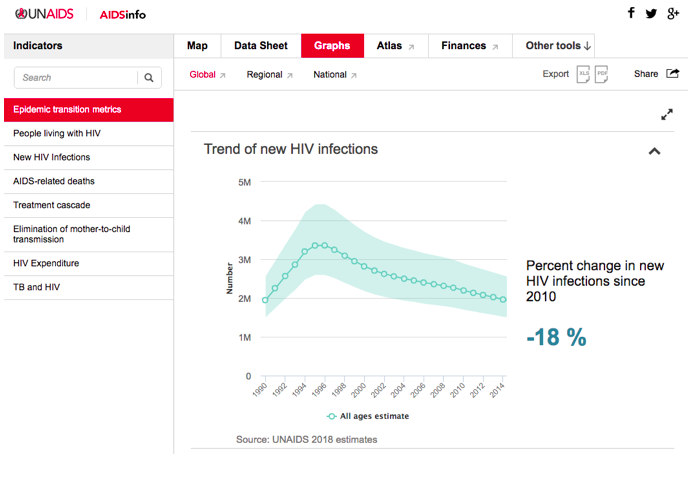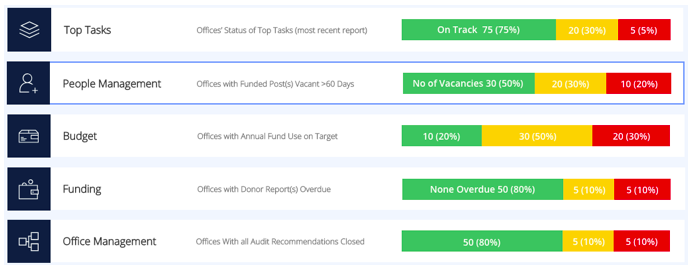|
Seth Davis, Communications Officer, Community Systems Foundation While 1.4 million new HIV infections have been averted since 2010, the disease continues to persist. According to the Michel Sidibé, UNAIDS Executive Director, in 2017 alone, 180,000 children became infected with the virus. [1] Children, along with society’s most vulnerable populations — “adolescent girls and young women, indigenous peoples, migrants, the poor and uneducated, and key populations at highest risk of HIV infection—are being left behind.” [2] To continue to reduce new infections, create sustainable solutions and meet Global Goals of Agenda 2030, UNAIDS aims to create programmes with locally-tailored responses by coordinating and planning efficiently and fast-tracking global progress on HIV/AIDS. [3] This critical work is supported with a robust data system and web-based monitoring tools that allow partnering organizations to collaborate effectively. With access to data dissemination tools, UNAIDS is also able to generate detailed reports to better understand current trends. Since 2010, Community Systems Foundation (CSF) has partnered with UNAIDS to support and backstop the develop these monitoring and evaluation tools. Designed with the DevInfo platform, these database were developed by UNAIDS to manage, monitor and disseminate a global data set on HIV/AIDS. With initial support from CSF, UNAIDS has gone on to build on to the DevInfo platform with custom, curated data dissemination tools. In three specific examples, UNAIDS uses DevInfo to deploy AIDSInfo, to support an internal coordination dashboard and to disseminate annual reports like the Global AIDS Monitoring (GAM) report. Through AIDSInfo, a data visualization and dissemination tool, UNAIDS facilitates the access to and use of AIDS-related data. [4] With 28 years of data and 89 indicators, AIDSInfo allows for the production of charts, maps and tables, along with the ability for users to export data and graphics for presentations and analysis. In this regard, AIDSInfo provides users with a comprehensive analysis on the state of HIV/AIDS. Most recently, CSF has partnered with UNAIDS through the creation of an internal dashboard that enables UNAIDS co-sponsoring organizations to monitor programme performance towards strengthened coordination and more impactful implementation. With eleven contributing organizations that develop and implement UNAIDS programmes, internal coordination strengthening has sought to improve the effectiveness of the organization and to produce better results. Leveraging experience working with many UN agencies and government counterparts, CSF help UNAIDS conceptualize a dashboard that will be developed and deployed by the Joint Programme. UNAIDS leverages its data repository for regular analytical reports that reflect real-world trends. Utilizing data from AIDSInfo on key populations, combination prevention, stigma and discrimination, gender and exposure, the Global AIDS Monitoring report has been developed and has provided “guidance to national AIDS programmes and partners on the use of indicators to measure and report on the country response.” [5] Directly and indirectly, CSF and UNAIDS have partnered for nearly a decade to foster greater accountability, strengthened coordination and heightened transparency for the Joint Programme. CSF reaffirms its commitment to supporting UNAIDS through technology and data-driven solutions that aim to reduce the global impact of HIV/AIDS. [1] UNAIDS. UNAIDS DATA 2018. Pages 2-3. 2018. Accessed at: http://www.unaids.org/sites/default/files/media_asset/unaids-data-2018_en.pdf
[2] UNAIDS. Miles To Go: Closing Gaps, Breaking Barriers and Righting Injustices. Page 9. 2018. Accessed at: http://www.unaids.org/sites/default/files/media_asset/miles-to-go_en.pdf 9 [3] UNAIDS. 2016-201 Strategy: On the Fast-Track to end AIDS. 2016. Pages 13-15. Accessed at: http://www.unaids.org/sites/default/files/media_asset/20151027_UNAIDS_PCB37_15_18_EN_rev1.pdf [4] http://devinfo.org/articles/New-Online-AIDS-Database-Launched-to-Track-Global-Progress-75 [5] UNAIDS. Global AIDS Monitoring 2018: Indicators for monitoring 2016 United Nations Political Declaration on Ending AIDS. March 2018. Page 10. Accessed at: http://www.unaids.org/sites/default/files/media_asset/2017-Global-AIDS-Monitoring_en.pdf
0 Comments
Leave a Reply. |
Join the CSF data revolution webinar tomorrow!
COMMUNITY SYSTEMS FOUNDATION – EST 1963
+1 212 500 1335
data-driven sustainable development



